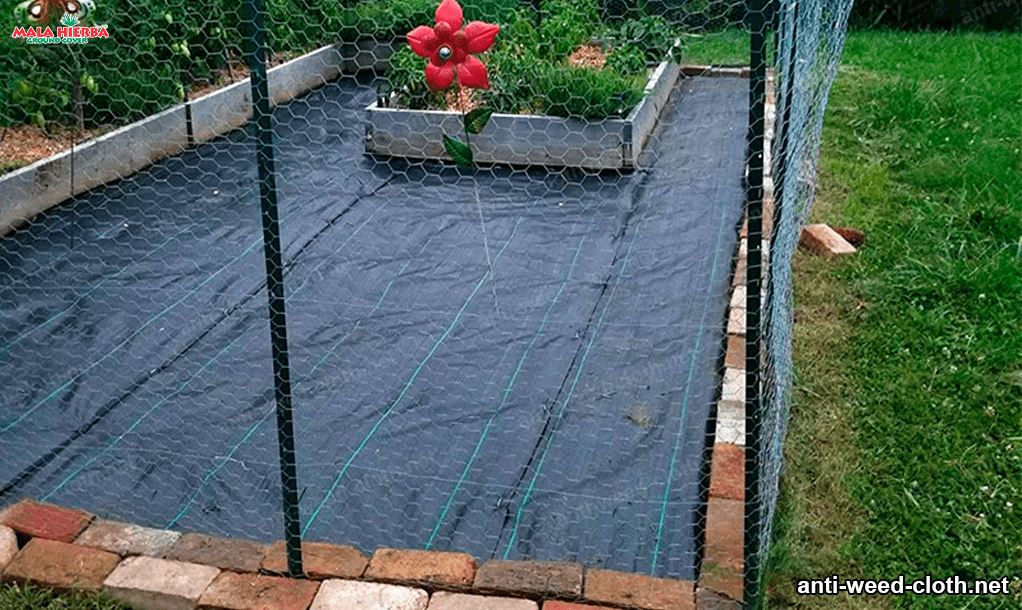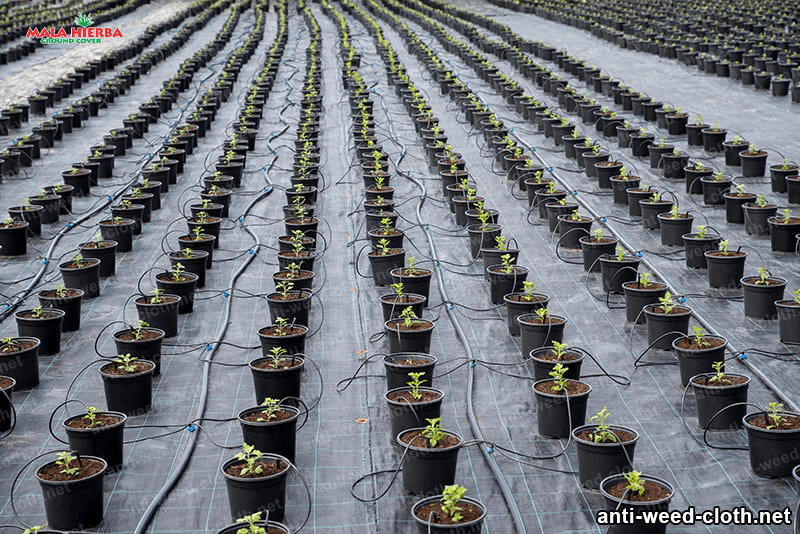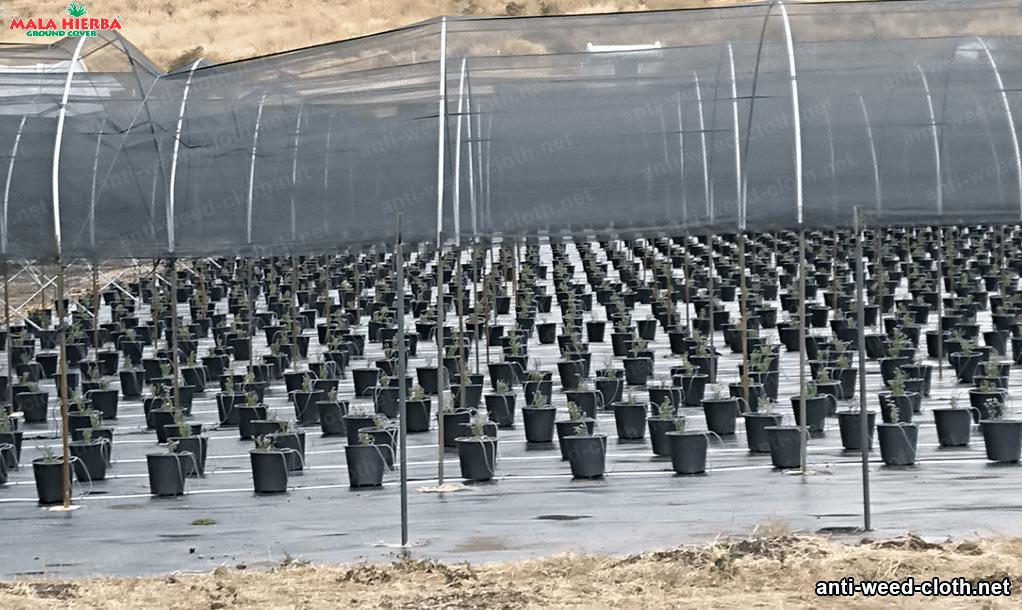Weeds are a common presence in gardens, fields, and other land. It can make it difficult to grow desirable plants, decrease soil fertility, and affect the health of animals.
Fortunately, there are several methods to effectively eliminate weeds. First, prevention is the best way to eliminate weeds. This involves maintaining healthy soil. This includes making sure the soil has a proper pH, is not too dry or too wet, and that proper fertilizers are applied. It is also important to control invasive weeds that may spread through neighbors or wind.
Another way to eliminate weeds is with the use of herbicides. These can be applied in liquid, powder or spray form. Herbicides are chemicals designed to kill or inhibit weed growth. However, care must be taken when using them, as some can be toxic to the intended plants and animals. It is also possible to remove weeds manually. This involves pulling weeds by hand or with tools such as shovels and hoes. This is a good option for small plots, as it does not require the purchase of herbicides. However, care must be taken to pull the weeds out completely, or they may spread again. Finally, an effective way to eliminate weeds is with the use of mulching.
This involves placing a material such as plastic, heat-resistant cloth, cardboard or other materials over the ground. This prevents sunlight from reaching the plants, which prevents weeds from growing. However, care must be taken not to suffocate the desired plants. In conclusion, there are several effective ways to eliminate weeds. Prevention is the best option, with the maintenance of healthy soil. It is also possible to apply herbicides, pull weeds manually or cover the ground with heat-resistant materials. Care should always be taken when using these techniques to avoid damaging desirable plants.

Weeds are a problem that affects all regions of the world.
These invasive plants are herbicide resistant, grow rapidly and spread through vegetative propagation. These plants not only have negative effects on the environment, but can also cause significant economic damage. For this reason, it is important to take steps to eliminate weeds effectively. Weed elimination begins with monitoring. This means that weeds should be monitored for their presence and spread. An assessment should be made of the sites where weeds may be present, such as forest edges, yards, roads, fields, etc.
This assessment should include identifying, recording and evaluating the amount of weeds present. This information will be used to establish a removal plan. Once the monitoring and weed control plan is in place, removal should begin. This removal can be done in a variety of ways, including herbicide use, thermal kill, excavation, and manual removal. The use of herbicides is one of the most common forms of weed removal. These chemicals are used to kill weeds and prevent their spread. However, herbicides are sometimes not sufficient to control weeds and can be toxic to humans and the environment. For this reason, it is important to take precautions when using herbicides. Another way to eliminate weeds is thermal kill.
This technique involves the mechanical removal of weeds using heavy machinery. This technique is effective in eliminating weeds, but it is an expensive process and has a high environmental impact. Manual digging and manual removal are also effective methods of removing weeds. These methods involve the use of hand tools to remove weeds. This can be a laborious process, but it is less expensive and has less environmental impact than the use of heavy machinery. In addition to these removal methods, other methods such as prevention can be used. This involves taking measures to prevent the spread of weeds.

These measures include installing containment fences, planting native plants, weed control through agriculture, and clearing weed propagation sites.
All of these methods can be effective in eliminating weeds. However, it is important to keep in mind that weed elimination requires a comprehensive approach and consistent work. Weed control is a process that must be followed effectively and persistently to achieve successful elimination. Prevention and monitoring are critical to keeping weeds under control. Adopting a comprehensive approach can help reduce the presence of weeds in an area and significantly improve the environment. Eliminating weeds is a task that requires a work plan and a good amount of patience. Although it can be difficult, there are several ways to remove weeds without using chemicals, such as pulling them by hand, using a pruner or weed whacker, covering them with dark material or fertilizing the area. With the proper time and resources, weeds can be safely

